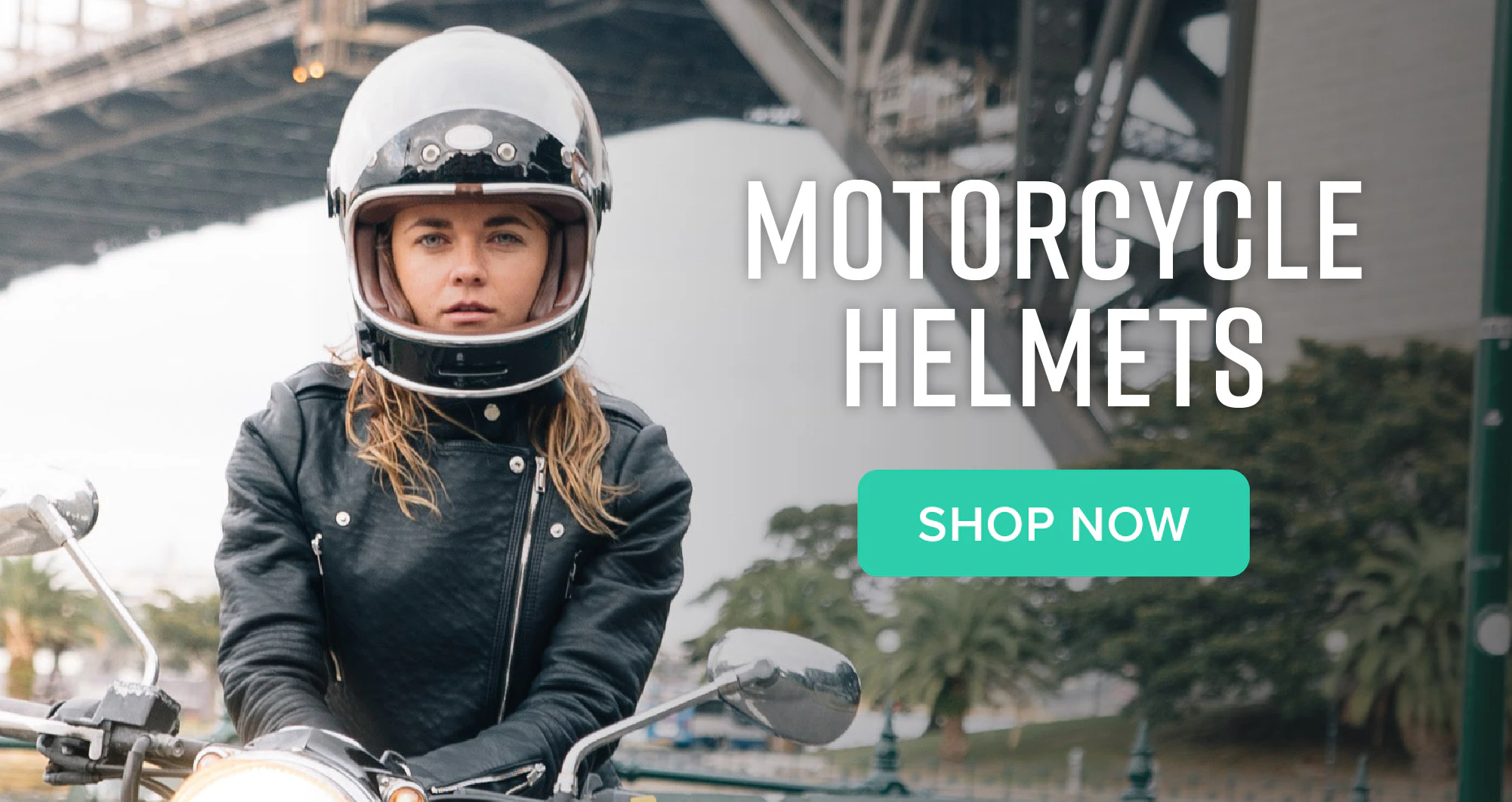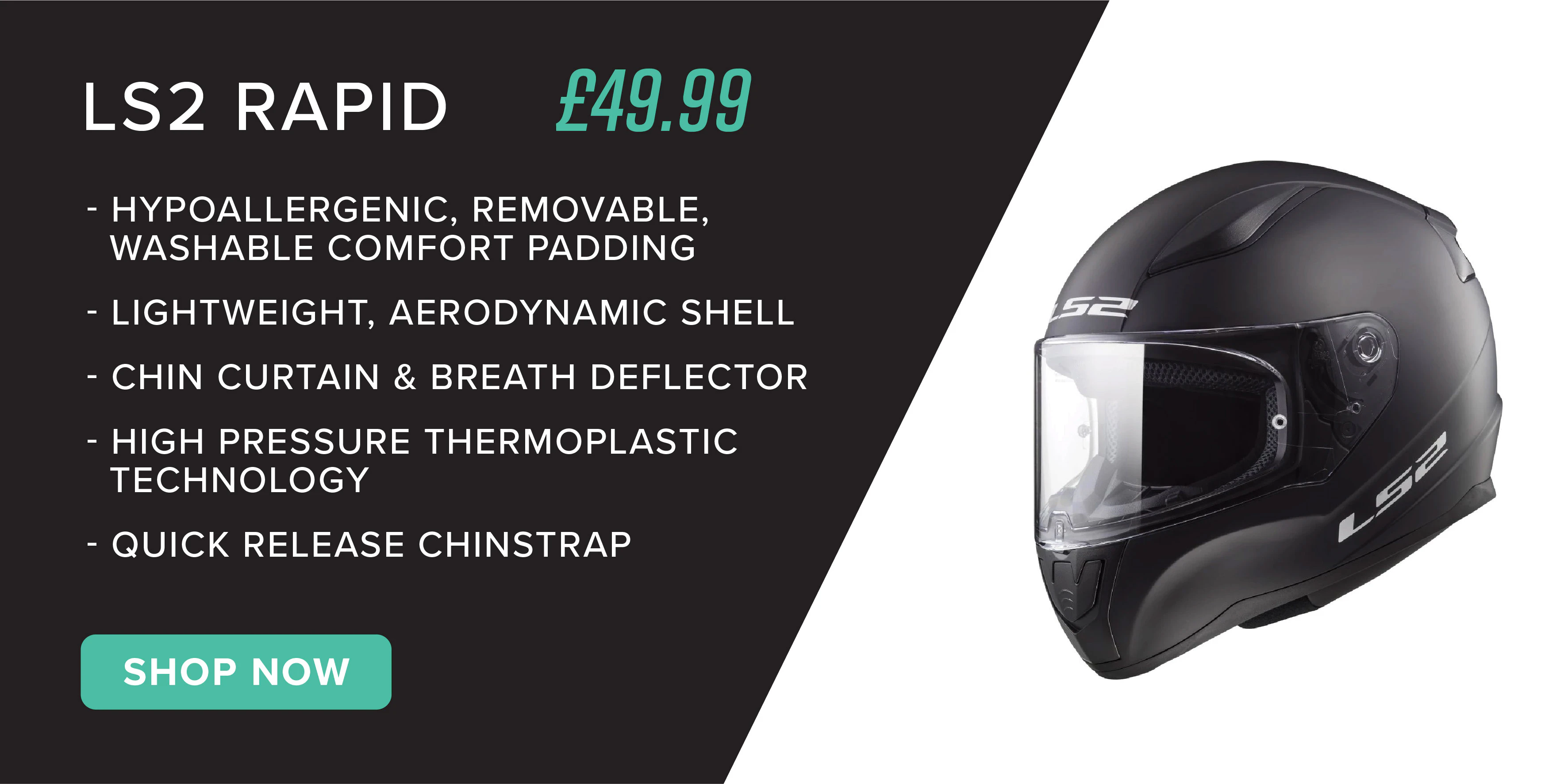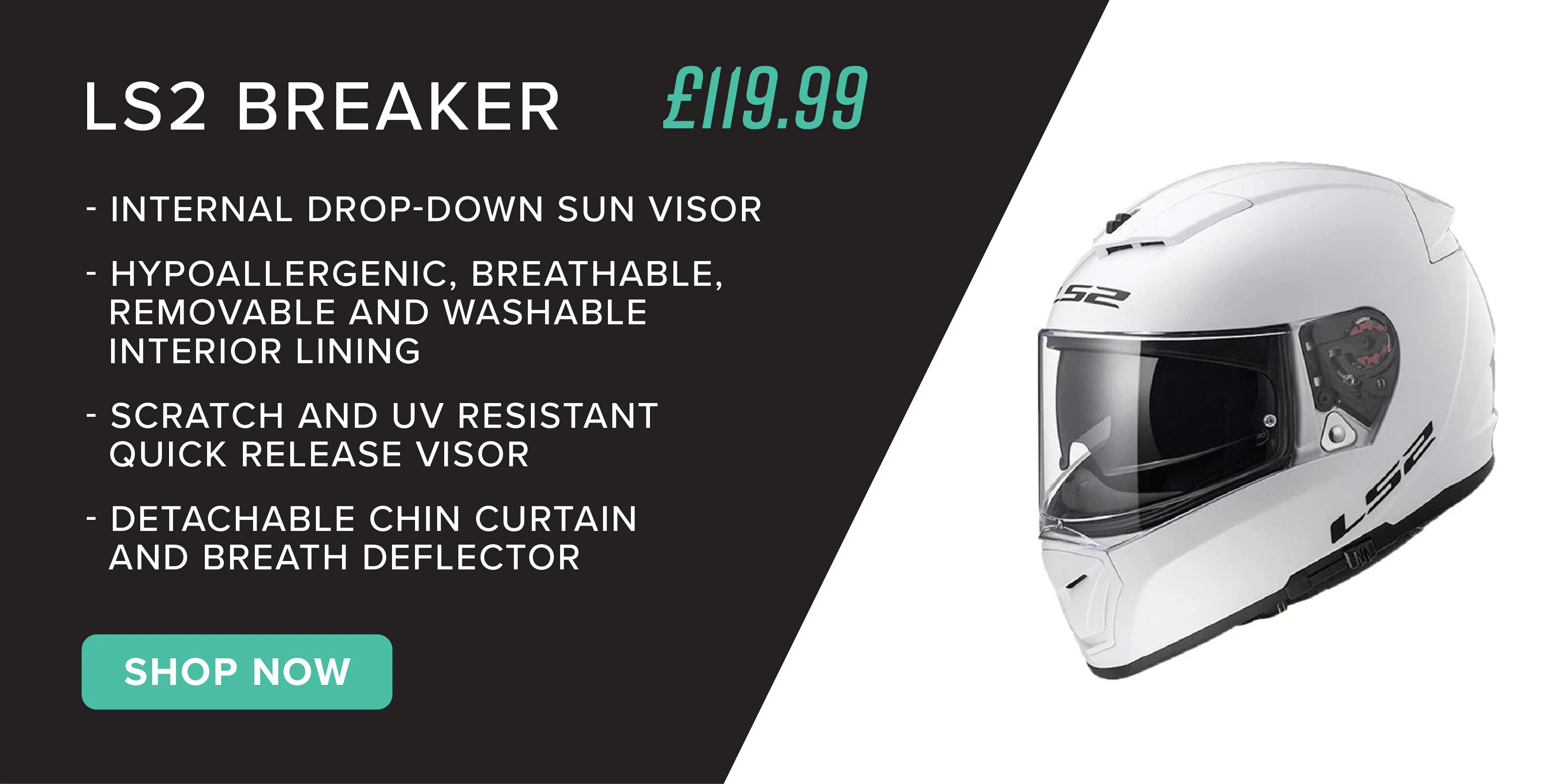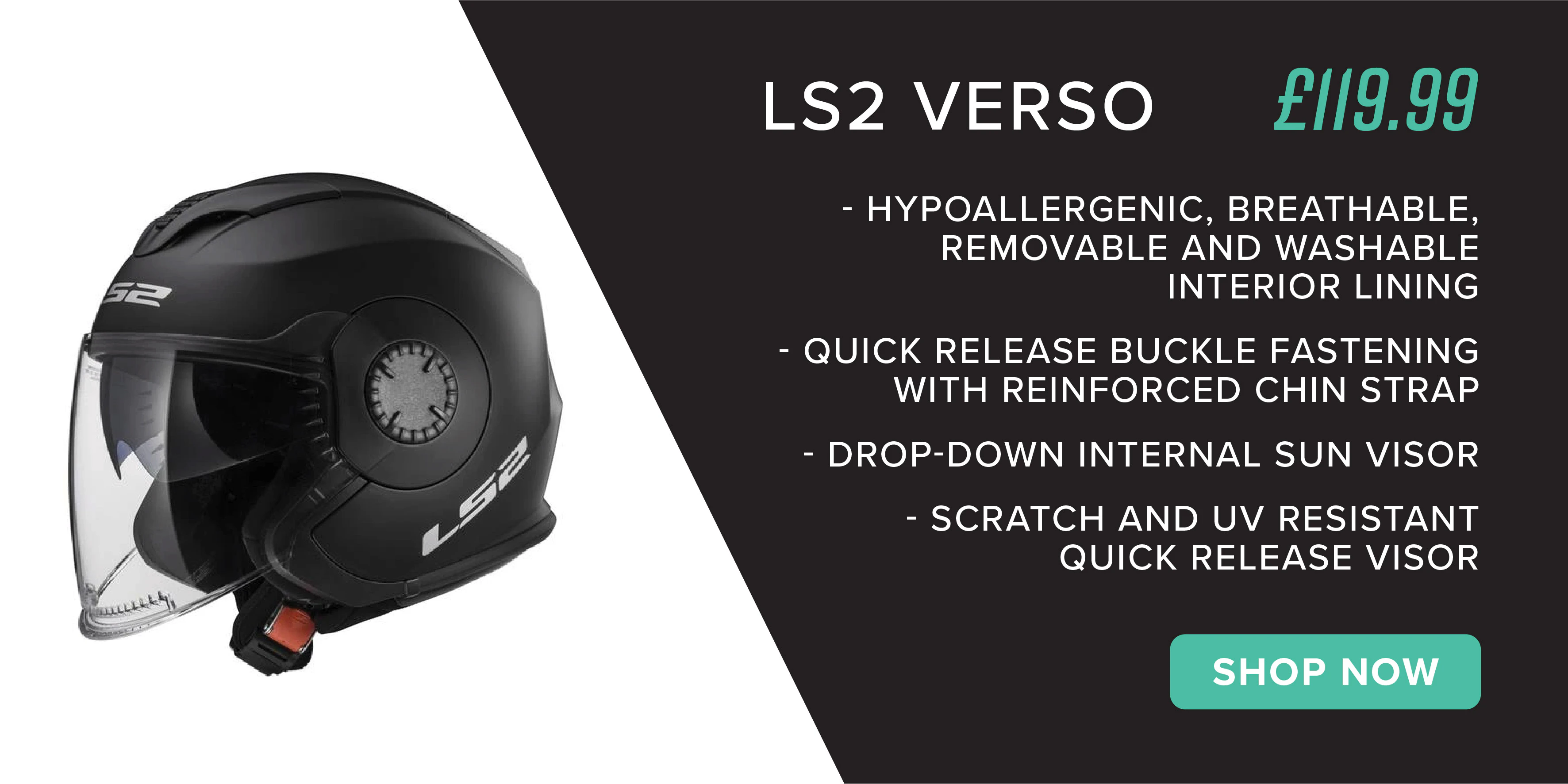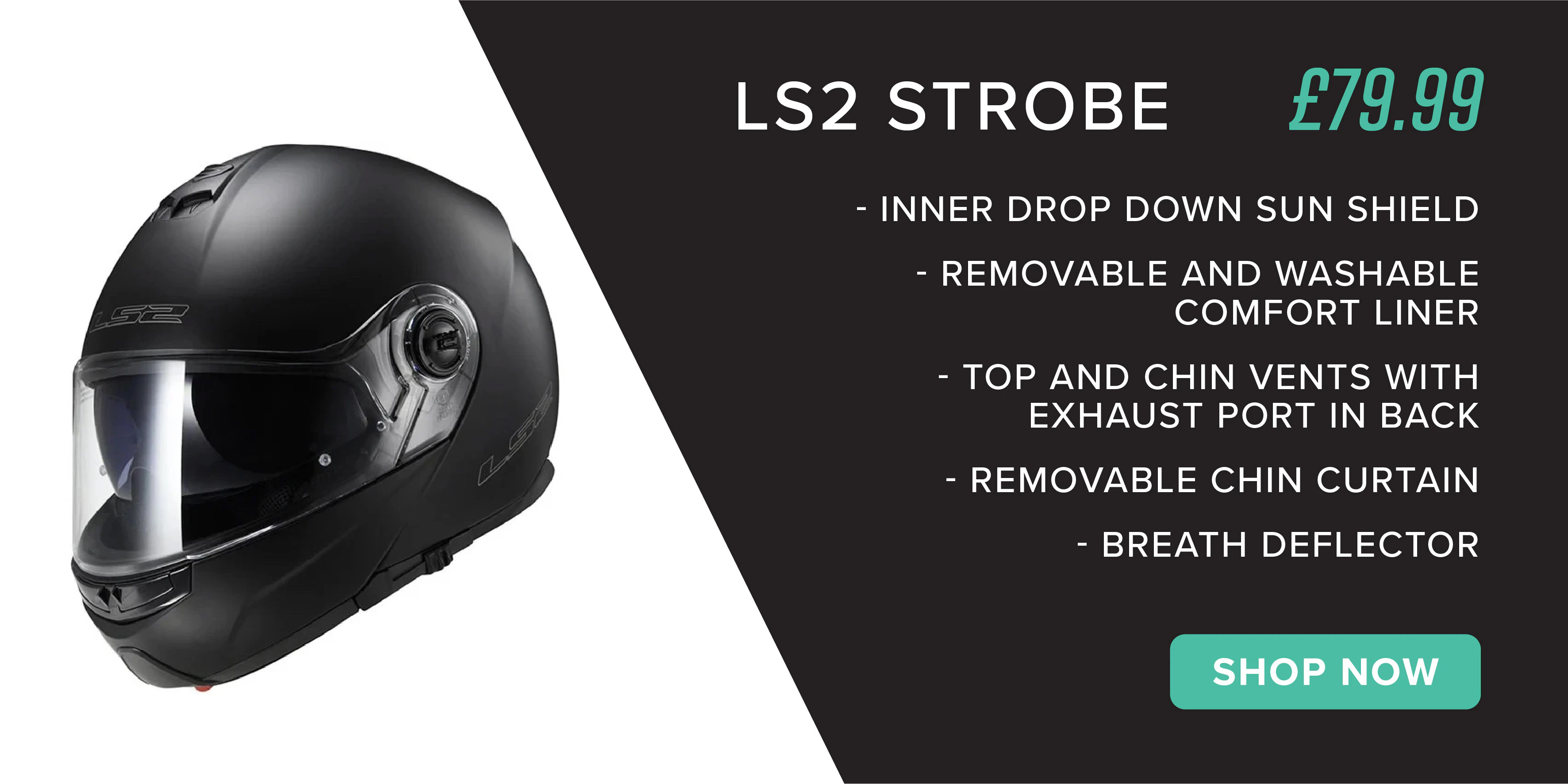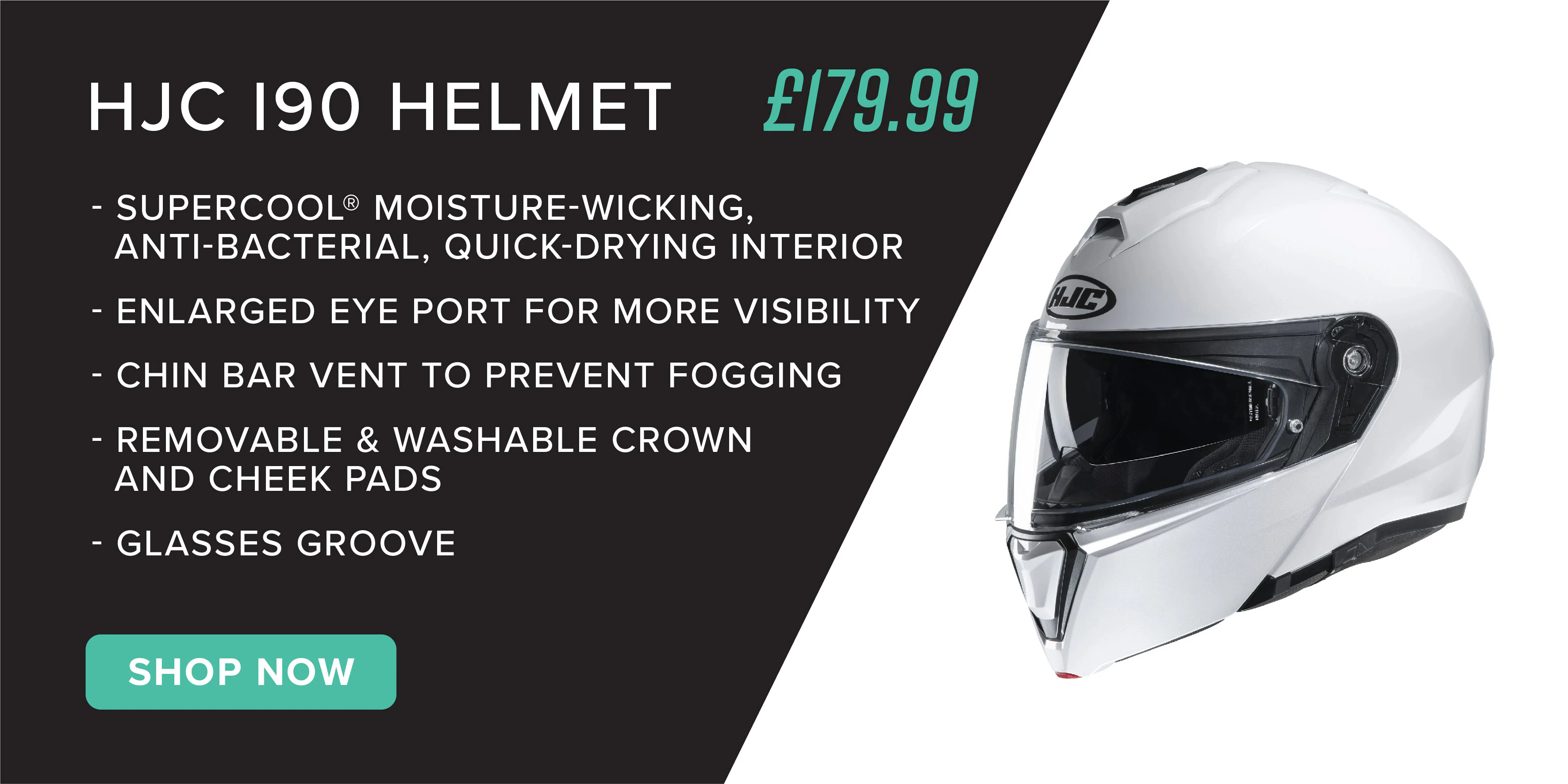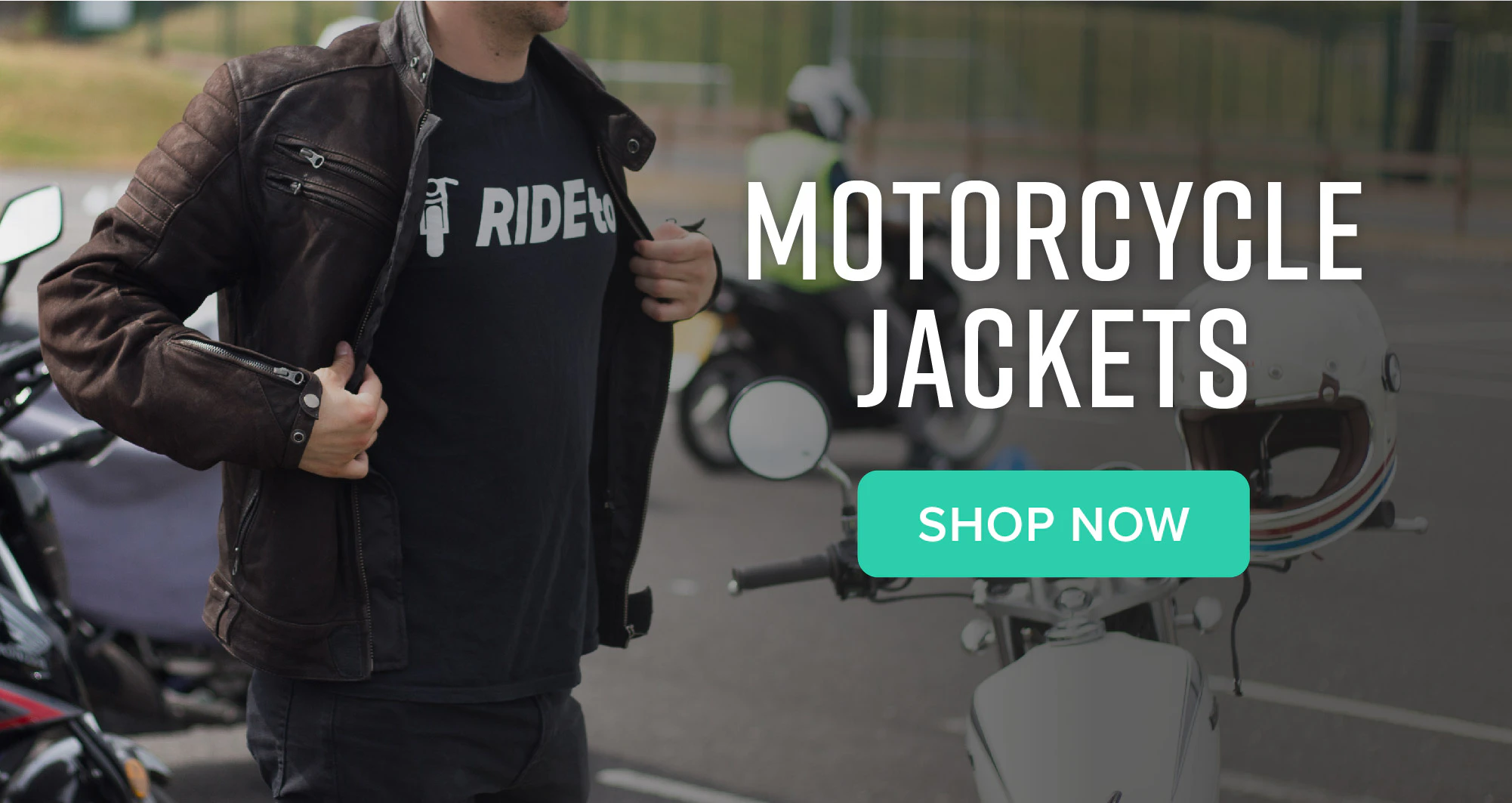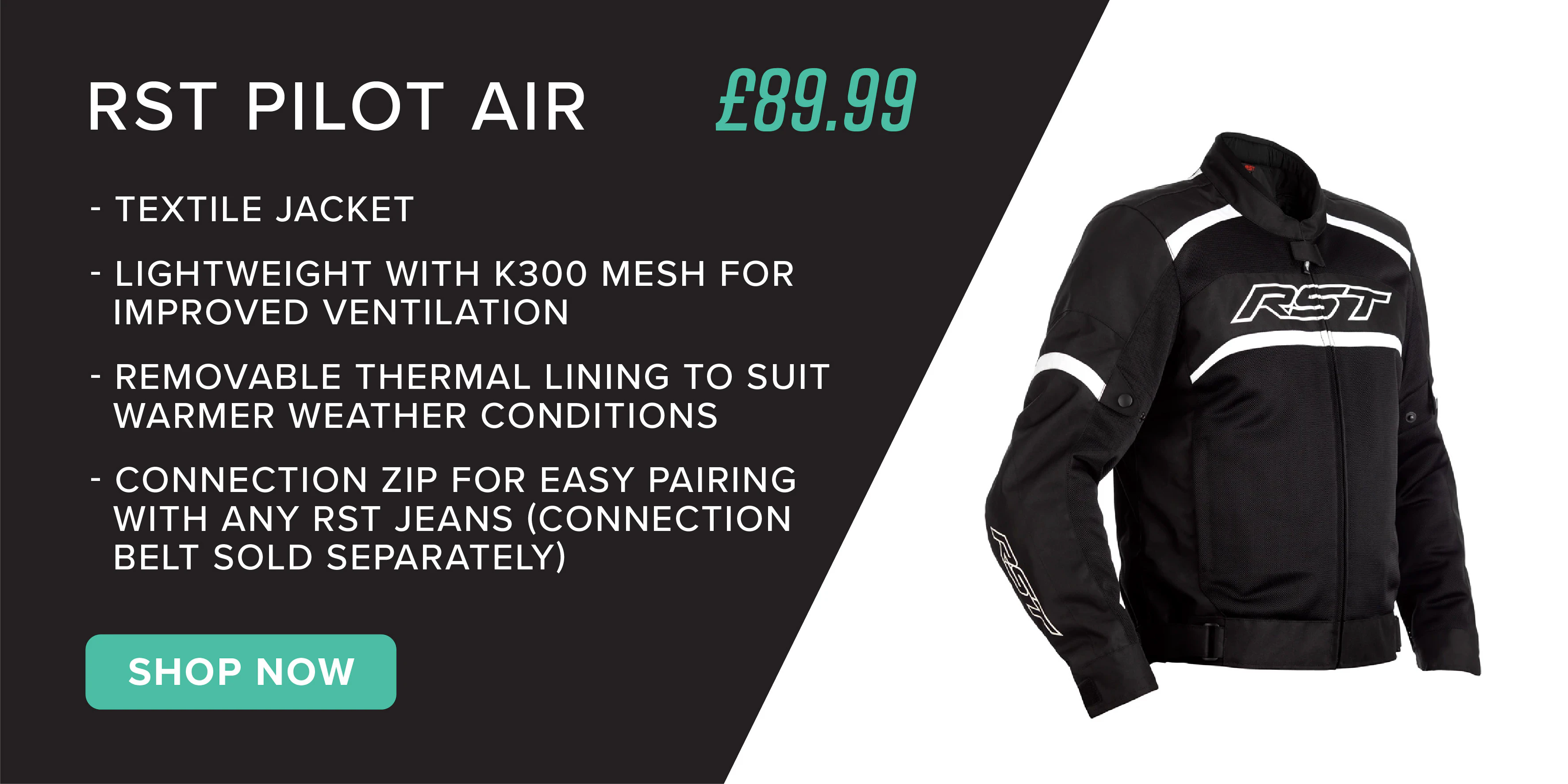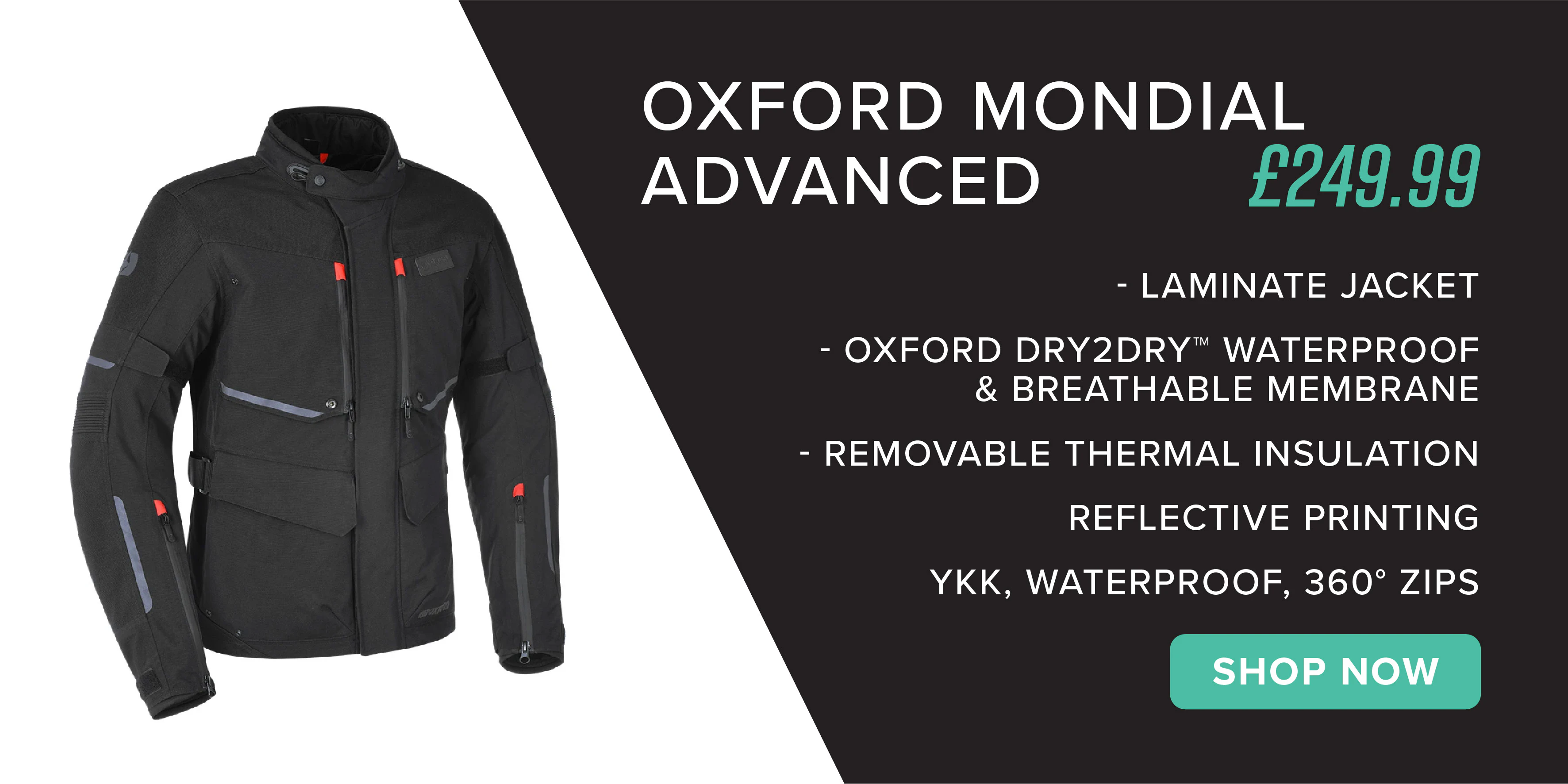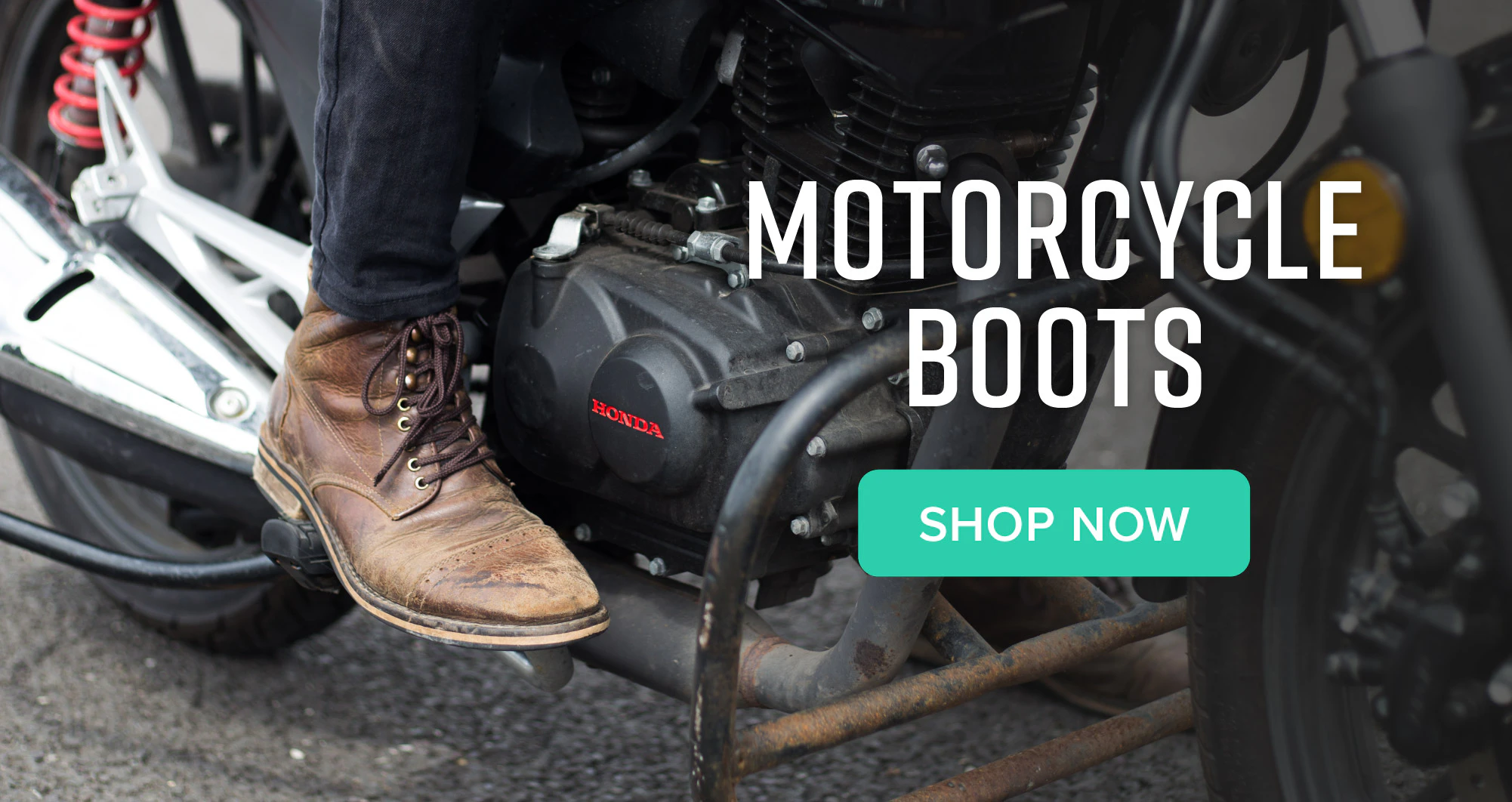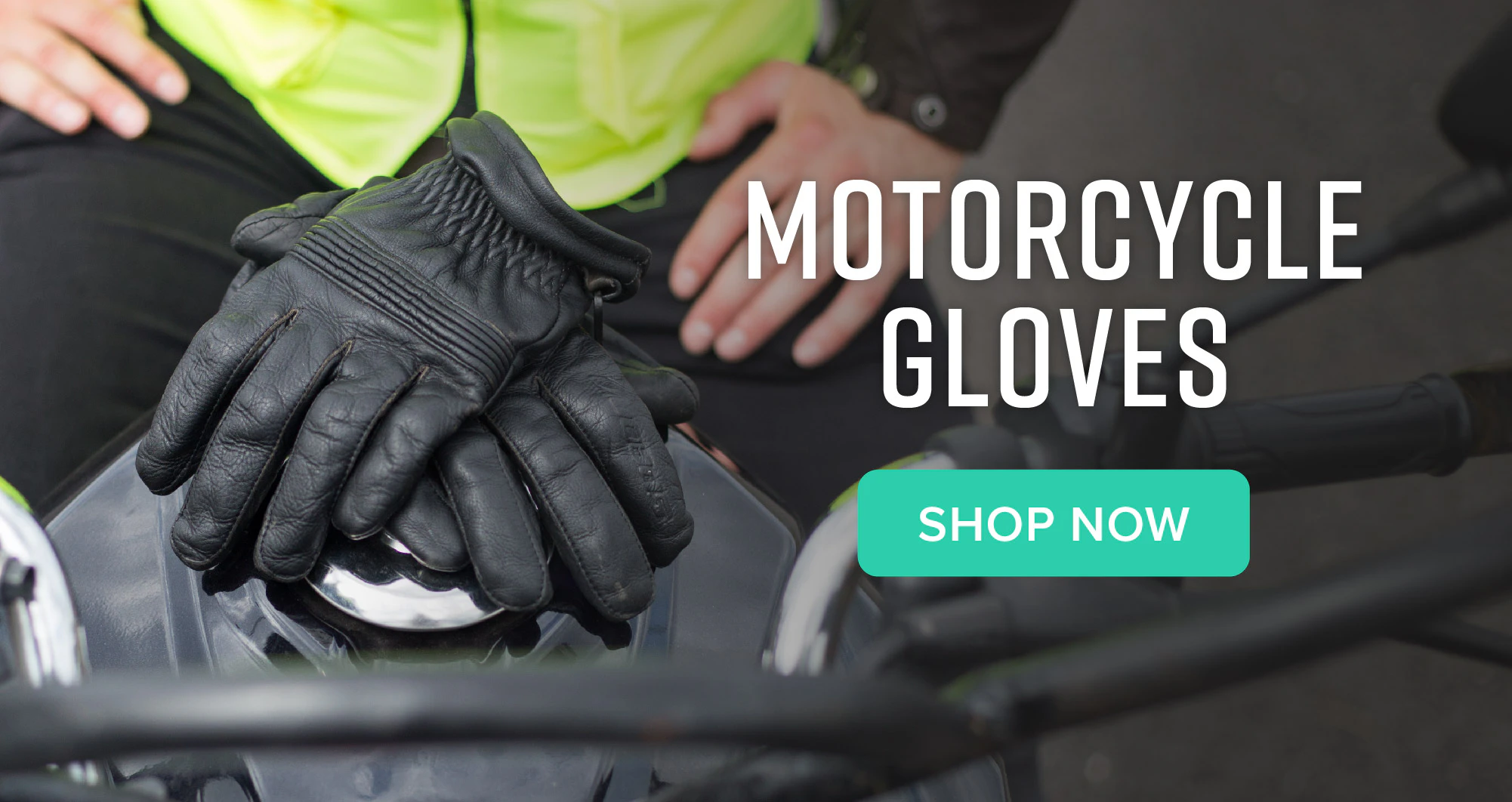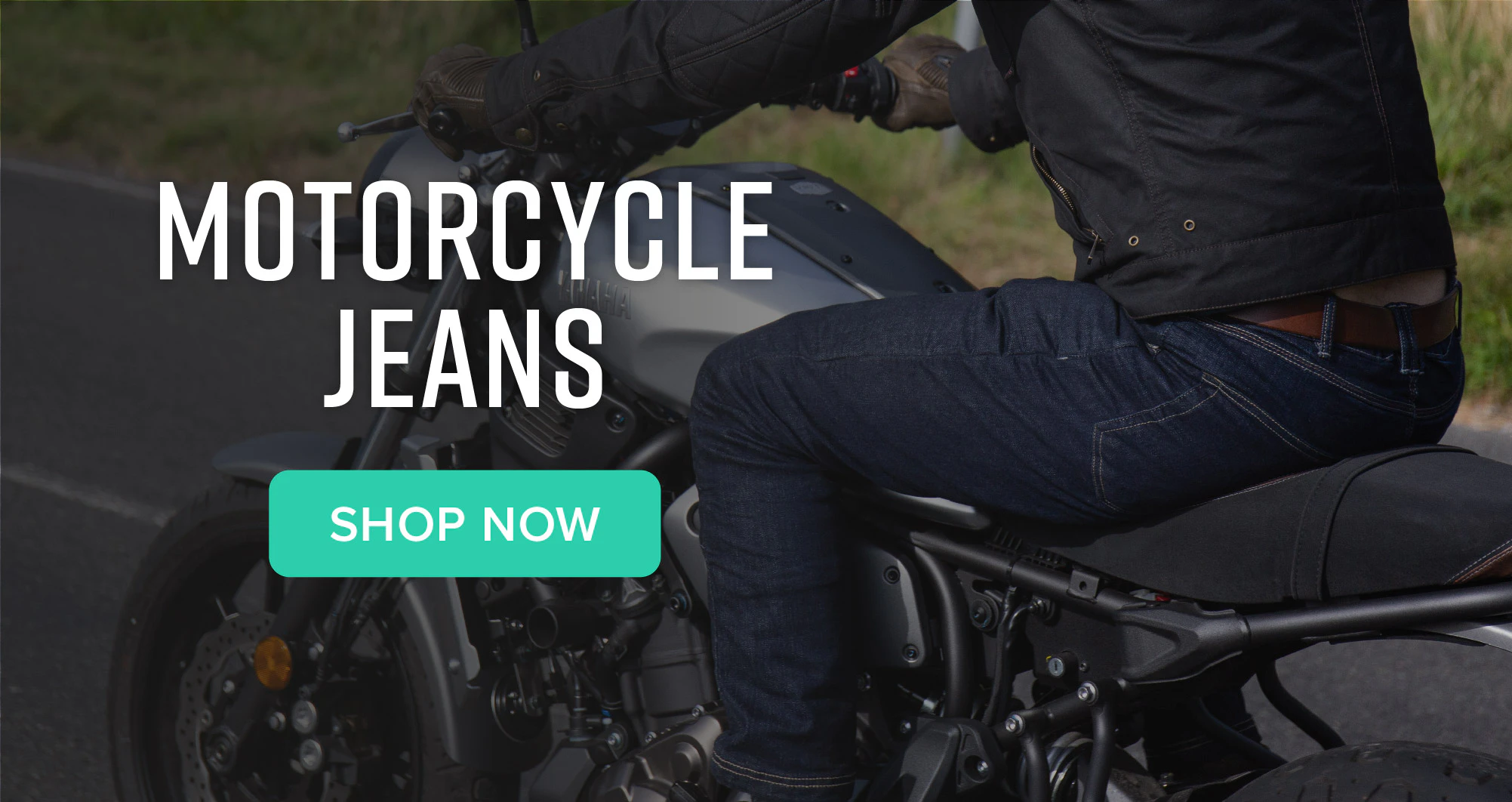back to the blog
Essential Guide To Gear for New Motorcyclists

James F · March 21, 2019
RideTo is the largest training platform in the UK we have put together a comprehensive gear guide of everything that you will need to keeping your body safe and riding the roads in style, some of which you can buy direct from our RideTo Store.
Those who have been in a crash, understand the importance of the right gear and realise that motorcycling gear is not always about looking good but feeling good and protected if the worst was to happen.
However, biking is cool, and no one should tell you anything else, some of the coolest celebrities on the planet ride on two wheels, so just because you buy gear to protect yourself against the elements and a potential crash, it doesn’t mean you can’t look good at the same time.
In this guide we cover motorcycle helmets, jackets, gloves, trousers, body armour and accessories. We aim to inform new riders on what the different types of gear are available, which are essentials and of course, our recommendations on our favourite gear which is stocked online at the RideTo Store. Let's get stuck in.
Motorcycle Helmets
Motorcycle Helmets are the most important purchase and when it comes to choice there is a plethora of options. Prices for motorcycle helmets range from £50-£500 and you will have to consider fit, vision, type, material and most importantly safety standards.
Helmets are unsurprisingly the most important part of your motorcycle purchases. With 45% of all impacts to motorcycle helmets occurring around the face, we advocate the use of full-face helmets at all times. However, there are a couple of other options to consider.
The 3 options that are commonly found in most stores are full-face, open-face and flip up helmets. The first type we will consider is the full-face helmet.
Full Face Helmets
Full-face helmets offer the most safety and are the RideTo recommended choice when it comes to purchasing your motorcycle helmet. This type of helmet offers the most coverage around the head and neck and will offer the most protection from any head impact.
The full-face helmet options are endless and cover a wide range of brands and styles. Below are a few options that we love and therefore sell on our online RideTo Store.
Open Face Helmets
Open face or half face helmets cover the top back and sides of your head, however they leave the face open. Open Face Helmets give you the pleasure of feeling the wind on your skin and are a popular choice amongst café racers and cruisers.
In the areas that the open-face helmet covers, they offer the same level of protection as the full-face helmet. Despite this, the lack of a chin bar makes these helmets significantly less safe than the full-face options.
Some open-face helmets come with full-face visors or half-face visor options, which will protect the rider from road debris and the elements. However, most open-face helmets will need you to purchase a visor separately.
Flip Up Helmets
Flip-Up or modular helmets are a mixture between the full face and the half-face helmets. The reason behind the name is that the chin-bar can flip-up to open up the face of the helmet if required.
The Flip-up helmet typically weighs more than the full-face helmet due to the hinge mechanism and usually comes with a visor for eye protection and sometimes a inner sun visor for protection from the sun.
Flip helmets offer slightly less protection due to the hinge mechanism versus the full-face helmet. However, it offers more protection than the open face helmet. Check out three of our favourites below.
Top Tips When Purchasing a Motorcycle Helmet
When purchasing your helmet we encourage new riders to look out for the SHARP rating. This is a rating that is backed by the UK government as an independent body that offer a well-rounded test compared to EU and US less substantial testing bodies.
Some things may seem obvious, but make sure that your helmet has good vision. If you know that your morning commute may be affected by your visor fogging, then ensure that you consider anti-fog coating.
If you are looking for a guide to buying a motorcycle helmet then checkout our 5-step guide to buying a motorcycle helmet.
Motorcycle Jackets
Motorcycle Jackets are one of the most varied type of motorcycling gear. With thousands of different options with material, type and use all needing to be taken into consideration when purchasing a jacket. From textile to leather, adventure to commuting, we will try and help you find the right fit.
Motorcycle Jacket Materials
Leather jackets may be the stereotypical view of a motorcyclist as being cool but not the go-to option if you are concerned about safety. However, with modern day technology, leather jackets are still viable safe options for all riders.
High quality leather has good abrasion resistance and can offer a high standard of protection in an accident protecting you from injury. Ensure that the leather jacket you buy has a thickness of at least 1.4mm.
With modern technology improving standards, new synthetic/textile jackets are readily available in all stores. These are typically made from nylon and often include many abrasion resistance materials such as Armacor, Kevlar and Dynatec.
The textile jackets offer excellent breathability and protection from the elements, especially in the winter months from the cold and rain.
The final option is the mixture between leather and textile motorcycling jackets. This type of jacket is becoming more and more common. Leather typically covering the most vulnerable parts of the body and textile material offering comfort and ventilation.
Motorcycle Boots
With a motorcyclists feet being the closest to the tarmac, it’s no surprise that 30% of all non-fatal motorcycle injuries are in the lower part of your body. Feet and legs are the most likely part of your body to get damaged, so buying the right boots is important for comfort and safety.
Everyday Motorcycle boots often are waterproof, especially in the UK, with plastic reinforced toe boxes, reinforced soles and armour across the ankles.
If you ride a sports bike there is only one option for you when it comes to motorcycling in terms of style and safety. Road or race boots offer the pinnacle of protection and offer ventilation intakes across the boots and bracing for your toes and ankles.
Over the last few years casual looking boots have become more and more of a trend, with all the main brands releasing their versions of motorcycling boots that don’t look like the traditional motorcycling boots.
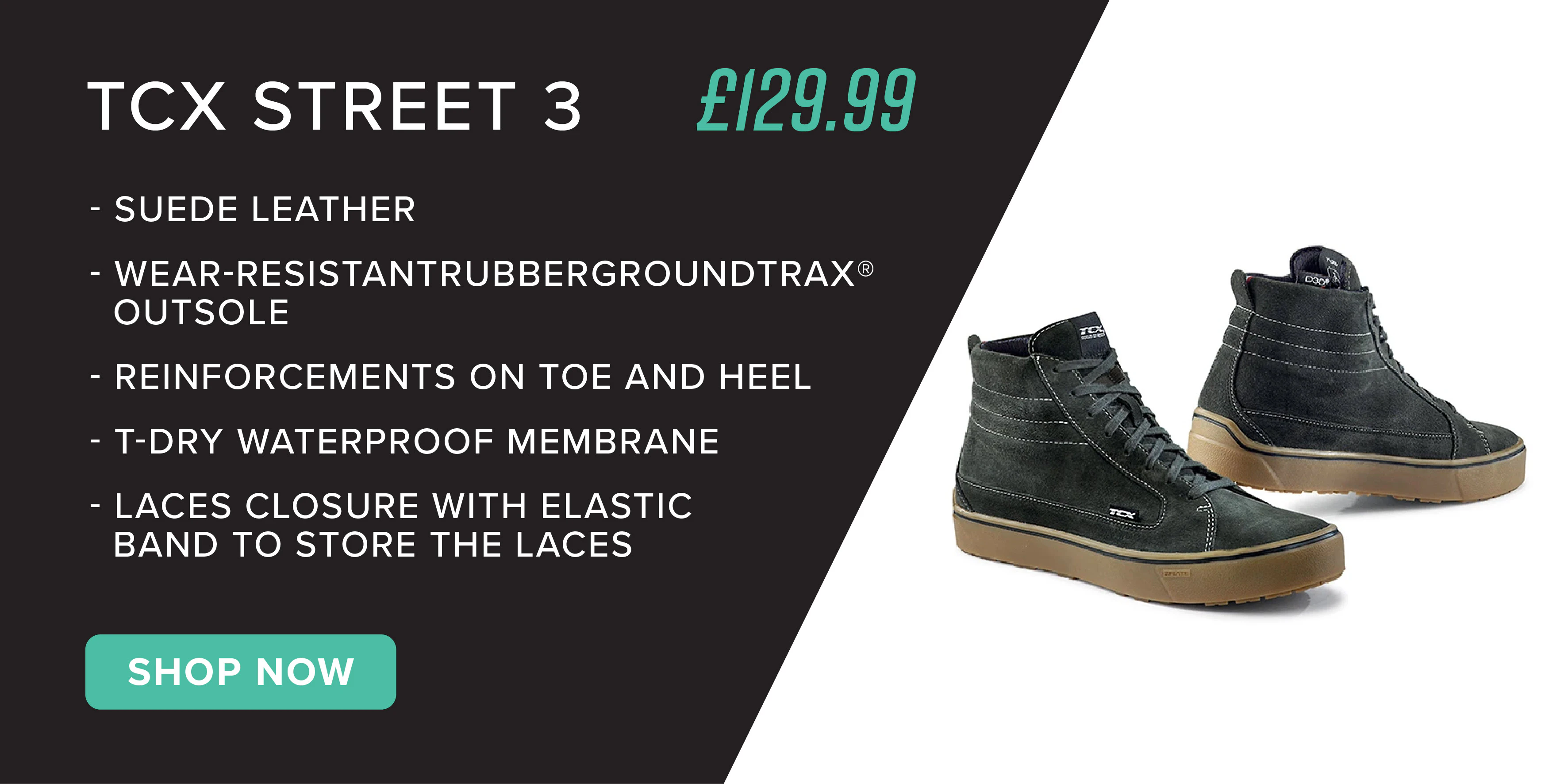
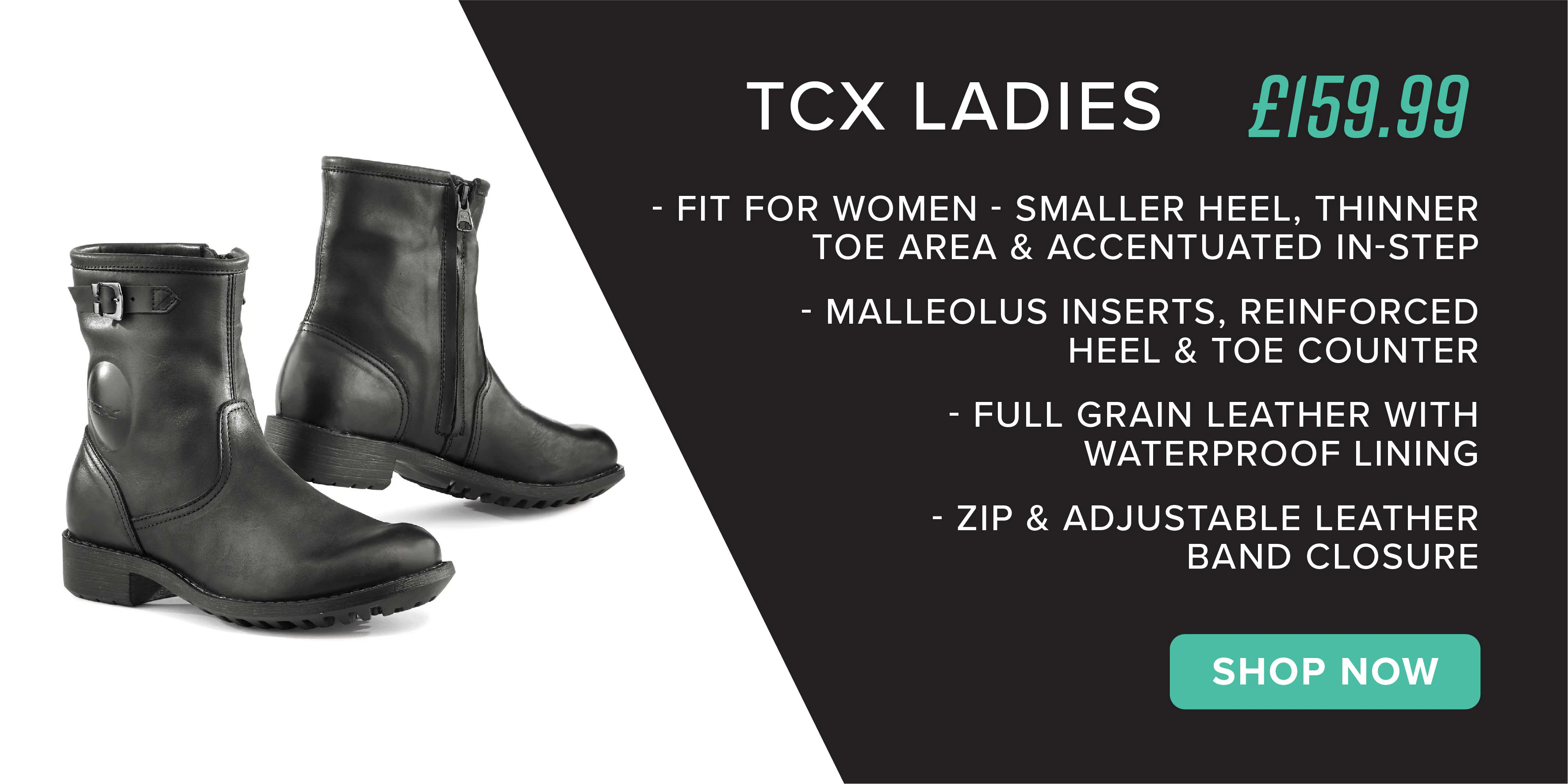
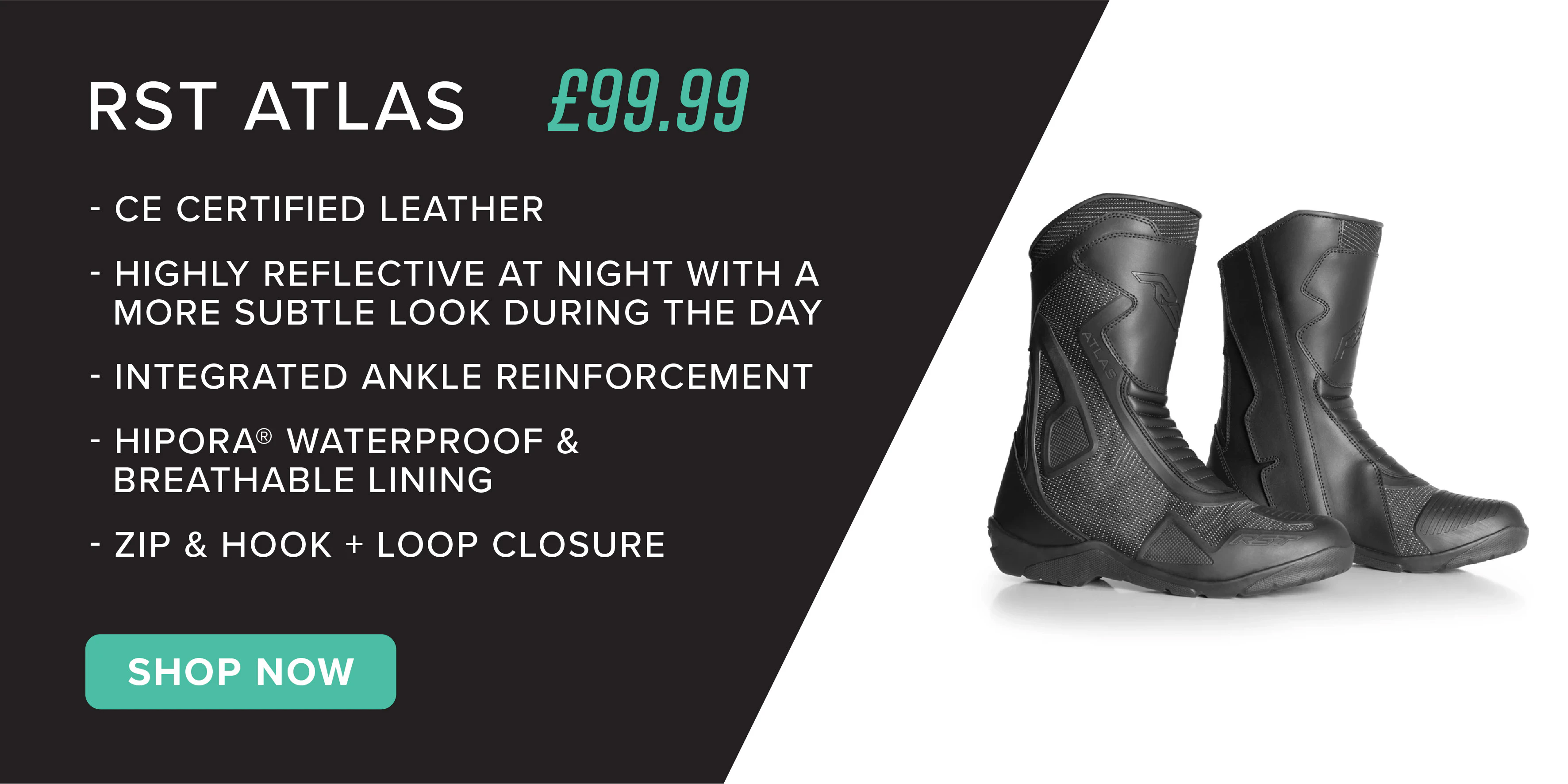
Motorcycling Gloves
Motorcycling Gloves are one of the less expensive pieces of gear that need purchasing when becoming a new rider. However, the importance of purchasing and wearing the right pair of gloves is paramount.
The purchase decision around motorcycling gloves should be considered carefully. The reason is, whenever you have fallen over from being a child to an adult, pretty much every time you would have put your hands out to stop the fall.
This instinct reaction is no different when falling off a bike at 70mph. However, purchasing the right gloves can reduce the risk of friction on the palms, snapping your wrists and any other injuries to your hands when you tumble at speed.
Motorcycling Gloves have numerous different options including leather gloves, waterproof gloves and heated motorcycle gloves. Depending on what time of the year it is or what style or bike your ride then this will affect which glove is a perfect fit for you. Most riders will have at least 2 pairs of gloves for year round riding. The pair which keep you warm in the Winter, will be different to those which keep you safe in Summer.
Motorcycle Jeans & Trousers
The basic level of material to wear whilst riding is a thick jean. However, denim rips 0.4 seconds after you start sliding on the pavement. We recommend purchasing the correct bottom half clothing and there are a plenty of options that can protect and be comfortable for your legs. We strongly advise investing in a proper pair of motorcycle jeans or leathers.
Kevlar lined jeans, have become increasingly more popular over the last decade. With the ability to appear as everyday jeans, these lined with Kevlar (known for armour) jeans will protect you from severe abrasion if an incident does occur.
Alternatively, to a jean material, go for a waterproof textile material, with a much more practical use for protecting you from dirt and the elements, with features such as thermal lining and multiple pockets.
Body Armour
Most Jackets include basic shoulder and elbow pads, however often these are not well crash-rated and only offer some basic abrasion protection. The types of body armour can protect every part of your body from your shoulders, elbows down to your hips.
We recommend focusing on purchasing a Back protector before any other of the areas of your body. All body armour must be CE approved.
Maintenance
It's vital to maintain your motorcycle and keep it clean so that it runs smoothly and stays a reliable vehicle to get you where you need to go!
It’s really important to keep the chain clean and well lubricated. This is best done after your ride to give the oil a chance to soak into the chain. We sell a variety of lubricants on our RideTo online store and a chain brush to make sure all the nooks and crannies can be got to!
You must make sure there is enough oil in your motorcycle, so if the inspection window or dipstick indicates that the oil level is low you will need to make sure you top it up asap! You must always use the correct oil for your bike - the user manual should tell you which you need. If you like to keep things clean and tidy, we sell a Silicone Oil Funnel over on our RideTo Store to prevent any spills, which handily folds down when not required for easy storage.
When washing your motorbike always wait until the engine has cooled down enough before you to touch it. Use specialised bike cleaner such as Muc-offs Bike Protect - which we sell as part of their Essential Cleaning Kit. By washing the bike out of direct sunlight, you will help prevent water marks and streaks. To dry it off use a chamois or microfibre cloths.
A product every motorcyclist should have is a decent set of multi-use tools - the Torque compact 6 folding tool should suit all your motorcycling needs!
Luggage and Accessories
In the last section of our guide it’s worth considering some essential gear for your bike that will certainly help with your own peace of mind keeping your bike and gear safe and secure.
The three accessories that we recommend are luggage, a bike cover and alarm/disc lock. These three items will keep your gear stored away safely and your bike secure from any opportunists.
The types of luggage are endless, with panniers, tank bags, tail bags, top-boxes and of-course rucksacks. If you are looking to store heavy items or items on your bike more regularly then a top box is a good starting point.
Alternatively, to a top-box, consider the everyday use of a rucksack, if you haven’t got one already then there are plenty of options out there. Swapping a backpack for luggage fixed to your bike makes all the difference for comfort on long rides.
To keep your bike safe from the elements, especially if you don’t have access to a garage during the winter months then a bike cover is an essential (Top tip: always secure it properly or it may fly away).
Finally, it goes without saying that you should always secure your motorcycle when you park. Just as if you were leaving the house in the morning, you will lock the house. Disc locks secure through your front brake disc to stop it being wheeled away.
If you haven't made the start on to two wheels then don't hesitate to get started with the leading training platform in the UK and RideTo. The first step of any licence is to get your CBT Training complete. If you are looking for more information on CBT Training review our guides or go to CBT Training.

